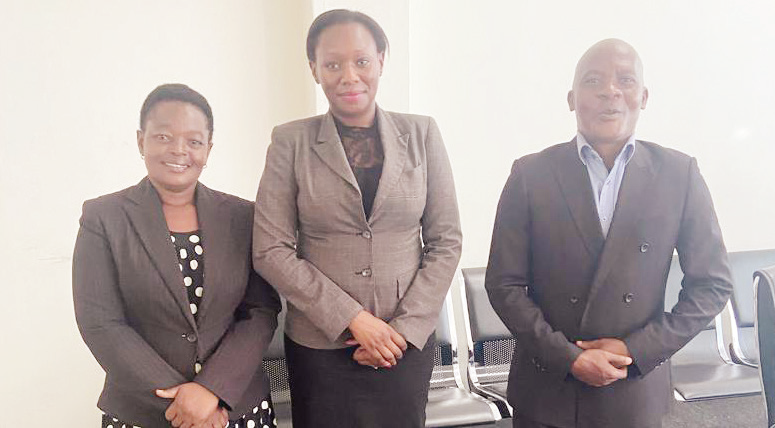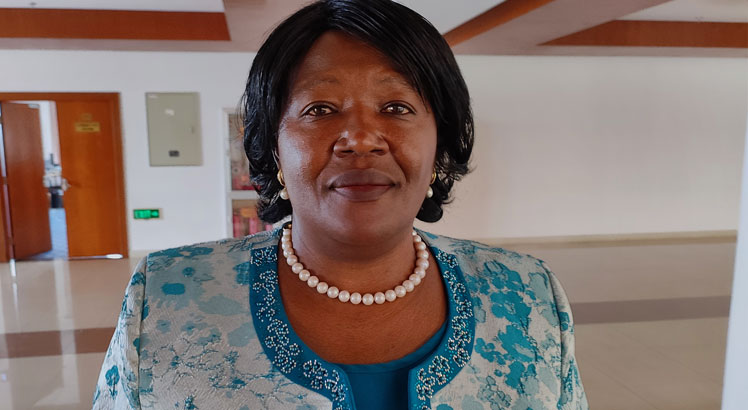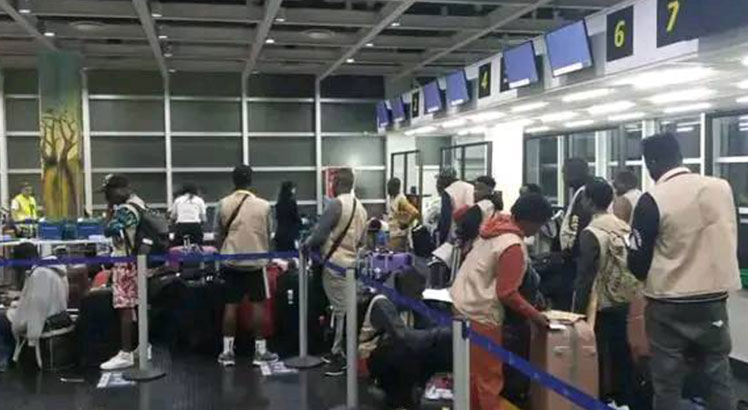HIV infections down by 73 percent
Malawi’s efforts in combating HIV and Aids since 2010 have yielded a 73 percent reduction in new infections, among other achievements.
Speaking in Lilongwe on Wednesday during the 2022-2023 HIV and Aids Joint Review Meeting, director of health and inter-governmental coordination Amon Nkhata said the country registered 15 000 new cases in 2022, a reduction from the 56 000 registered in 2010.

He said other achievement include a 65 percent reduction in annual Aids-related deaths, from 32 000 in 2010 to 11 100 in 2022, and a decrease in HIV prevalence in ages 15 and above, from 10.6 percent to 7.7 percent between 2010 and 2022.
The director attributed the success to collaboration between government and its partners including donors, the civil society, the faith community and the private sector.
Said Nkhata: “Looking back, over two decades ago, the HIV and Aids pandemic seemed unstoppable. Yet, through relentless efforts, we have achieved significant milestones in the fight against HIV, with notable reductions in new infections and Aids-related deaths.”
He said Malawi can achieve the 2030 Sustainable Development Goals (SDGs) target of ending HIV and Aids as a public health threat as well as meeting the UNAids target of having 95 percent of people living with HIV know their status, 95 percent of those found positive put on life prolonging anti-retroviral therapy (ART), and 95 percent of those on ART achieve suppression of the virus, also known as the 95-95-95 target.
“To achieve this, we need to continue reviewing our annual progress so that we see where we are and draw lessons from which we can improve on our future efforts,” said Nkhata.
On her part, NAC board chairperson Chipo Kanjo said the major challenges in the fight against HIV and Aids in the past year were cholera outbreak and Cyclone Freddy.
“During the period under review, the country faced new challenges that included the cholera outbreak and Cyclone Freddy. These negatively impacted the provision of HIV and Aids services as well as the wider socio-economic fabric; and threatened to reverse Malawi’s achievement of the targets set in the National Strategic Plan for HIV and Aids,” he said.
With support from the Global Fund, the government developed the National Strategic Plan on HIV and Aids which, among others, outlines the roles which various stakeholders can play towards the achievement of the SDGs target.
The Global Fund has been a partner in Malawi since 2003 with nine grants amounting to $1.2 billion (over K1.2 trillion) signed since the inception of Global Fund investment in the country. 69 percent ($837 million) of the grants were already disbursed for HIV and Aids, malaria and tuberculosis (TB) and health systems strengthening interventions.
Figures show that HIV and Aids is the leading cause of deaths in Malawi and adolescent girls and young women suffer disproportionally, experiencing much higher rates of HIV infections than their male counterparts.
Health rights activist Maziko Matemba said as the country continues benefiting from the Global Fund and the United States President’s Emergency Plan for Aids Relief (Pepfar), government should be thinking of increasing its budgetary allocation towards the HIV and Aids fight.
“We always point out that grants are not sustainable, we need to plan on our own so that in case those who support us leave us, we should be able to stand on our feet and continue with the programmes which are already in place. We at least need allocation in our budgets,” he said.
This year’s HIV and Aids Joint Review Meeting was held under the theme Optimising Public Health Equity and Community Systems through Integration of HIV Services for Impact.






One Comment